Russia’s ‘Turtle Tank’ – its Latest Battlefield Innovation to Combat Kyiv FPV Drones
[ad_1]
Innovative Russian army tankers fighting in the eastern Krasnohorivka sector deployed a T-72 tank rigged with plywood sheets, roof paneling, and a mine plow in an attempt to defeat Ukrainian drone swarms, another example of the intensification of the arms race between the Kremlin’s conventional army forces and Ukrainian crowd-sourced drone pilots, combat video and news reports said.
A “turtle tank” possibly operated by one of the armored formations in Moscow’s 150th Motor Rifle Division located west of the Russian-occupied city of Donetsk led a column of armored vehicles through a barrage of artillery fire, cluster munitions, and drones to reach Ukrainian forward fighting positions during battles in the first week of April, combat video from the Ukrainian joint forces command Hortitsa showed.
The following Russian tanks and infantry fighting vehicles were hit and sometimes exploded during the attack, but the clumsy, box-like assault tank even drove into and out of the village apparently unscathed. Ukrainian drones appeared not to attack it.
Close-up images show the roof of the tank was rigged with a 360-degree electronic jammer powered by a dedicated generator, used in the past by Russian forces to disrupt Ukrainian strike drone operation. At the end of the battle, the Russian tank trundles back to friendly lines, while at least six of the other eight vehicles that took part in the attack are left knocked out on the battlefield.
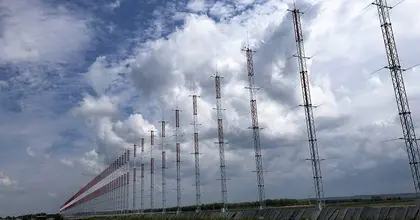
Other Topics of Interest
Ukrainian Drones Destroy Radio Communication Center 680 km Inside Russia
Kyiv Post sources confirmed the attack on the 590th separate radio technical unit of the military unit 84680, located in Kovylkino, Mordovia, Russia.
Anti-drone screens – often called “mangals or barbecues” – are used by troops on both sides to protect against FPV drone attack. Their use has multiplied across combat vehicles since late 2023 with the considerably increased numbers of FPV drones available to frontline forces, particularly Ukrainian formations critically short of artillery ammunition due to months of delivery delays by Western allies.
The appearance of the “turtle tank” that could protect it from drone attack from almost any angle, is at the price of making the tank turret impossible to turn and leaving the tank crew totally blind to any threat save something approaching at a low angle from the front. It marks the most thorough effort by Russian soldiers to deal with Ukrainian drone swarms and seen in open sources – but far from the first.
Ukrainian drone operators interviewed by Kyiv Post estimate that any Russian armored attack moving towards a Ukrainian position will inevitably lose at least half of its combat vehicles and soldiers if attempting to cross open terrain. Russian tank and armored personnel carrier losses can rise above 90 percent in a full day of battle because immobilized vehicles are subjected to repeated follow-up FPV drone attacks until set on fire.
News of the ability of crowd-sourced Ukrainian FPV and bomb-dropping drones to destroy almost any Russian combat equipment appearing on the close-in battlefield has even affected conventional wisdom inside Washington’s Foreign Policy magazine. In an April 10 article, the journal estimated that currently as many as two-thirds of all Russian tanks destroyed in battle in Ukraine, are taken out by buzzing FPV drones toting a grenade, or a shaped charge warhead paid for almost exclusively by individual donations by Ukrainian citizens.
Russian arms manufacturers have responded by deploying anti-drone jamming systems fitted to the top of valuable vehicles. Ukrainian frontline commanders have, in turn, countered this using tactics that mix artillery, minefields and FPV drones intended to immobilize Russian armor so that they can be eliminated later. Soldiers from Ukraine’s Azov Brigade fighting in the northeastern Kreminna sector captured an abandoned T-72BM3 equipped with the anti-drone EW system in an early April snatch-and-grab operation.
Unofficial upgrades spotted aboard Russian combat vehicles have shown furious experimentation by the Kremlin’s troops, including metal frames packed with logs, chain link fencing installed on all sides of the vehicle, anti-armor explosives strapped to turrets, chains hung off turret rings and side armor, and covering vehicles entirely with camouflage nets. Many of the defensive add-ons make it hard for the crew to see and engage targets.
Ukrainian drone operators commonly overcome Russian protective systems using multiple, focused attacks: the first drone will break a screen or blow a hole in netting, a follow-up drone will expand the access for subsequent strikes to achieve the kill. Video, captured during combat has shown Ukrainian drones hunting Russian infantry using similar tactics: the first drone destroys the protective door in a bunker, followed by a second drone that flies into the dugout and detonates against soldiers sheltering inside.
[ad_2]
Read More:Russia’s ‘Turtle Tank’ – its Latest Battlefield Innovation to Combat Kyiv FPV Drones

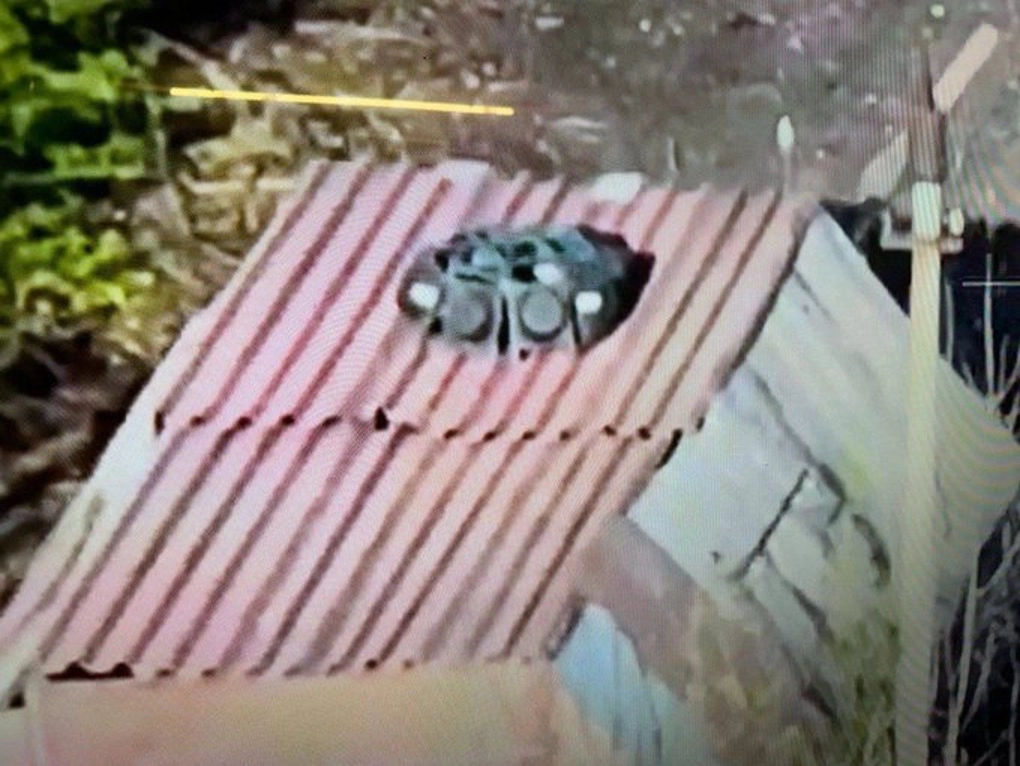
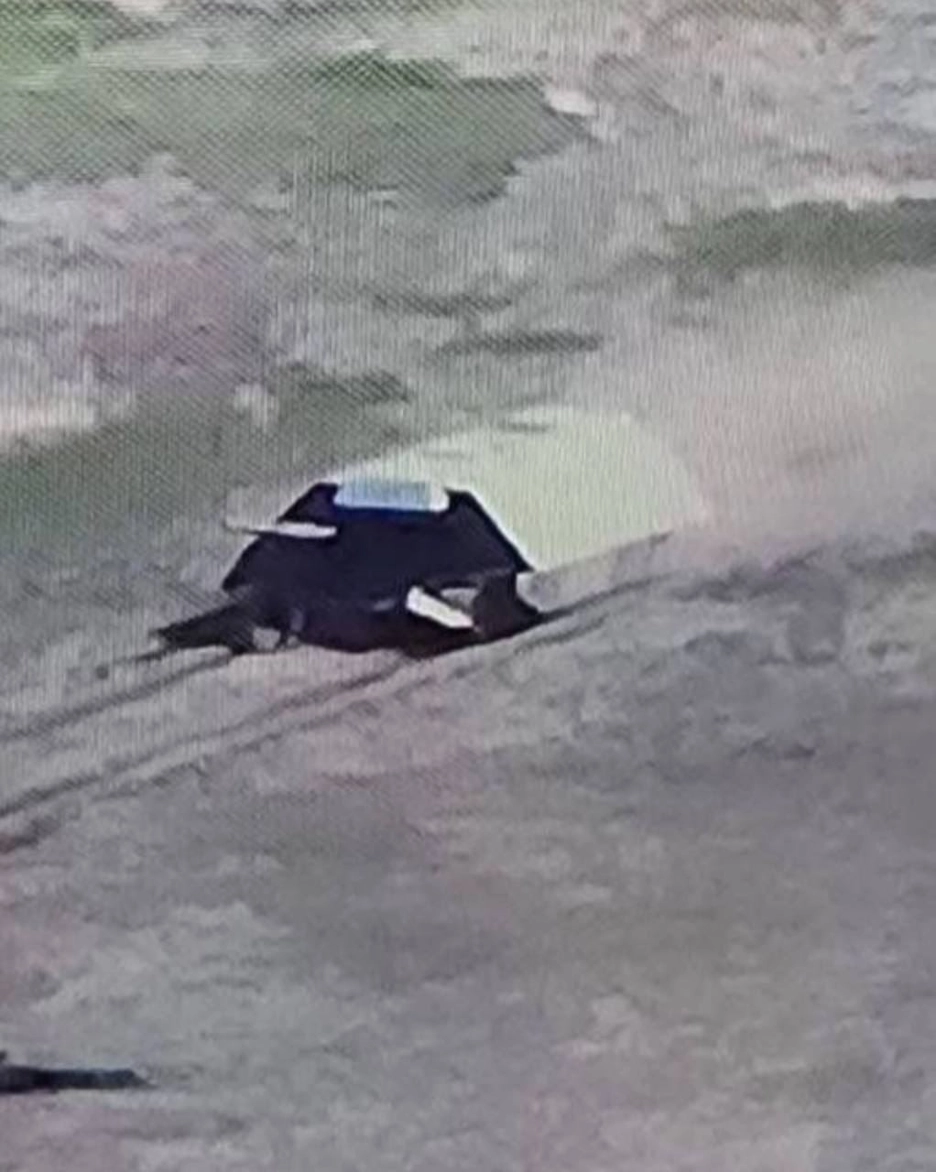
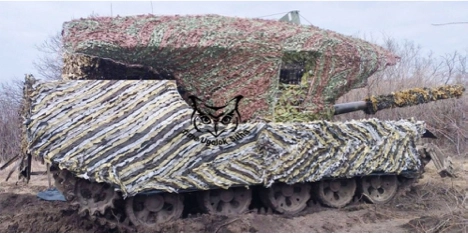
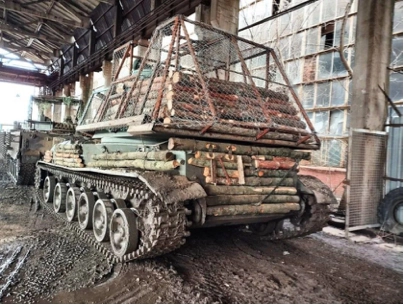
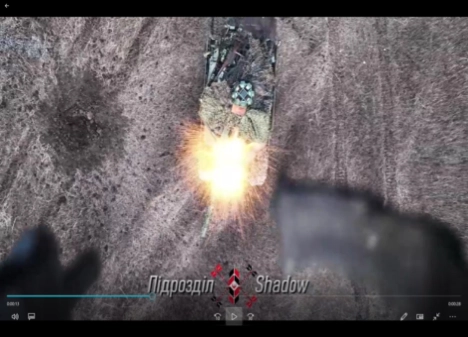
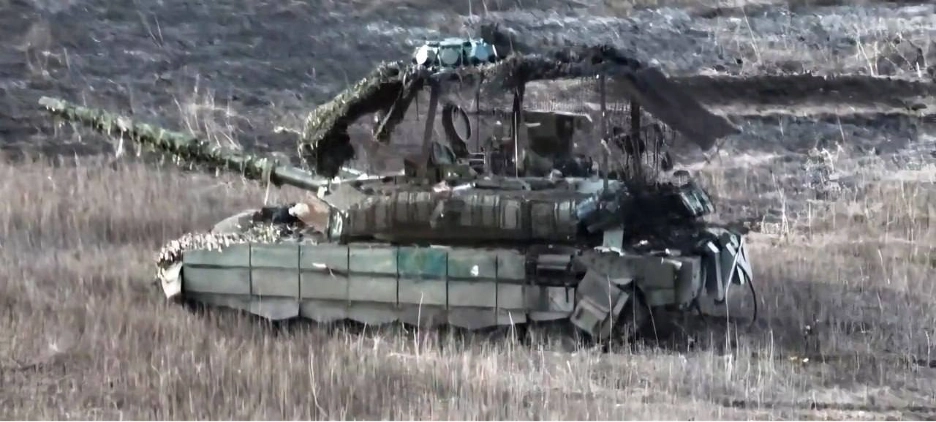
 Canada
Canada Japan
Japan Germany
Germany Australia
Australia United States
United States United Kingdom
United Kingdom China
China France
France Ukraine
Ukraine Russia
Russia Turkey
Turkey
Comments are closed.